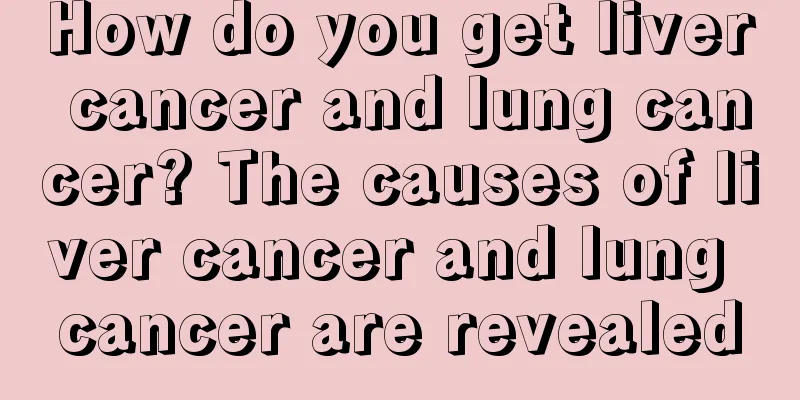Symptoms of albinism, three major categories to recognize

|
People with albinism, especially children, have extremely pale skin, yellow or white hair, and pale to yellow pupils. It makes people feel horrified at first sight. But in fact, their temperament is no different from that of ordinary people. Don't discriminate against them because of this. People with albinism have milky white or pink skin and light white or yellowish hair. Due to the lack of melanin protection, the patient's skin is highly sensitive to light and is prone to sun spots and various photosensitive dermatitis after sun exposure. Basal cell carcinoma or squamous cell carcinoma may also occur. Due to the lack of pigment in the eyes, the irises are pink or light blue, and symptoms such as photophobia, tearing, nystagmus and astigmatism are common. Albinism can be divided into two major groups. One is the more common oculocutaneous albinism, in which the body cannot produce melanin. Another type is albinism with an abnormal immune system, which is related to defects in melanin and other cellular proteins. Albinism is divided into three categories based on clinical phenotypic characteristics: 1. Ocular albinism (OA) The patient only has reduced or lacking eye pigment, with varying degrees of low vision, photophobia and other symptoms. 2. Oculocutaneous albinism (OCA) In addition to symptoms such as eye pigment deficiency, poor vision, and photophobia, the patient's skin and hair also have obvious pigment deficiency. 3. Albinism-related syndromes In addition to a certain degree of oculocutaneous albinism, the patient also has other abnormalities, such as Chediak-Higashi syndrome with immunosuppression and Hermansky-Pudlak syndrome with bleeding diathesis, which are relatively rare diseases. Specific manifestations of albinism: Ocular manifestations: The loss of pigment can cause the patient's iris to change color, usually blue or gray. The translucency of the iris allows a large amount of light to enter the eye, causing the patient to experience photophobia. At the same time, the scattering caused by a large amount of light makes it difficult for the patient to focus. Extraocular manifestations: The patient's skin and hair appear white. Due to the lack of protection from melanin, the patient is prone to UV-induced skin cancer. |
<<: Can patients with gallbladder polyps eat eggs?
>>: Why is the gallbladder wall rough?
Recommend
Things to note in the treatment of lung cancer require clear knowledge
There are many things that need to be paid attent...
How to see the treatment effect of liver cancer? How to eat nutritiously after radiotherapy and chemotherapy for liver cancer
In the process of continuous treatment of liver c...
Why do we need to do trace element testing?
In recent years, due to the publicity and popular...
The role of vitamin K
There are various vitamins in the human body. The...
Which “three symptoms” should be associated with esophageal cancer
If people find the following three symptoms in th...
What to do if your skin is rough and flaky
Love of beauty is human nature. Skin is actually ...
Is daily fragrance harmful to the skin?
Everyone wants to smell good, so it is inevitable...
Where should the clock be hung at home? Feng Shui is very important in the home
Feng Shui is very important in the home. Good Fen...
What to do if your lips are dark in color?
If your lips are dark in color, you should pay at...
Is gibberellin harmful to the human body?
Gibberellic acid is a common plant growth hormone...
Purpose of cold therapy
Cold therapy is a commonly used treatment method ...
What are the effects and functions of olive tea? What is the value to the human body
The main raw material for olive tea is olives. Pu...
Will cheilitis heal on its own?
The skin tissue of the lips is relatively weak, a...
Purple bloodshot on the outer thigh
Many people will find that in life, they will alw...
Specific medicine for curing gallbladder cancer
Among the malignant tumors of the gallbladder, ga...









